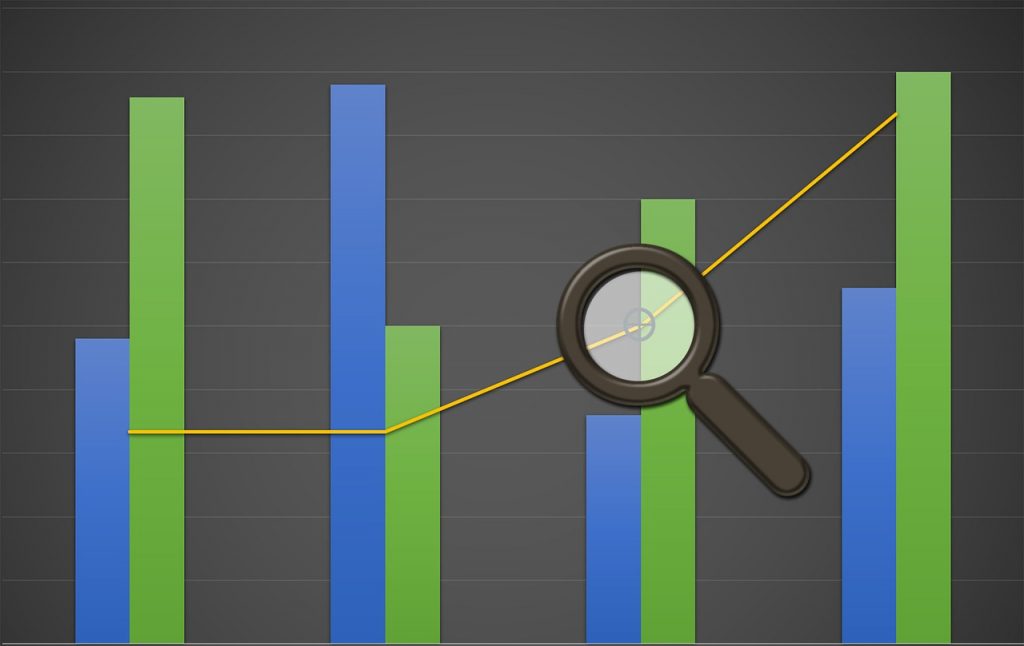
GUEST POST from Art Inteligencia
The ability to accurately predict the future has been a long-held dream of mankind. For centuries, people have been trying to divine the future, using methods such as divination, astrology, and other forms of prognostication. However, in recent years, a new approach to predicting the future has emerged: data-driven predictions. Using data and advanced analytics, businesses, governments, and organizations have begun to develop algorithmic models that can accurately predict the future.
The technology behind predictive analytics is based on the idea that data, combined with sophisticated algorithms and analytics, can be used to forecast what may happen in the future. By analyzing past behaviors and trends, the algorithms can make predictions about future outcomes. For example, a financial institution may use predictive analytics to forecast the likelihood of a customer defaulting on a loan. A retailer may use predictive analytics to predict the demand for a particular product in a given market.
The possibilities for predictive analytics are virtually limitless. Predictive analytics can be used to anticipate customer behavior, forecast demand for products and services, identify potential risks, and more. Predictive analytics can also be used to optimize operations and reduce costs. In addition, predictive analytics can be used to improve customer experience, tailor marketing campaigns, and optimize pricing.
At the same time, there are significant risks and ethical considerations associated with using predictive analytics. For example, there are concerns about privacy, accuracy, and potential discrimination. As such, it is important for organizations to be thoughtful and deliberate when using predictive analytics.
Despite the risks and ethical considerations, it is clear that predictive analytics are here to stay. As technology advances, predictive analytics will continue to become more powerful and more ubiquitous. As such, it is important for organizations to stay ahead of the curve and develop strategies to utilize predictive analytics in a responsible and effective way.
Bottom line: Predictive analytics are not quite the same thing as futurology, but predictive analytics are a component of futurology. Predictive data analysts use a formal approach to achieve their outcomes, but a methodology and tools like those in FutureHacking™ can empower anyone to be their own futurist.
Image credit: Pixabay
![]() Sign up here to get Human-Centered Change & Innovation Weekly delivered to your inbox every week.
Sign up here to get Human-Centered Change & Innovation Weekly delivered to your inbox every week.

